Avarta
Whose blood is magic
Created by Michael Plowden.
Inspired by/cribbed from the draenei race, (c) Activision Blizzard.
Avarta are a race of beings whose appearance some attribute to demon-blood like tieflings, but this could not be farther from the truth. In fact they are an ancient civilization of beings from another dimension who arrived on Torar in ancient, prehistoric times to hide from a terrible foe that was hunting them. The avarta have remained hidden from the universe for eons but once they could feel
The Effects of Magic they finally made themselves known once more, ready to battle the forces of the Great Old Ones and their Outer God masters in the name of universal peace.
Basic Information
Avarta typically stand seven to eight feet tall from hoof to crown, with some having horns that extend even higher upward. An avarta's horns are covered in a layer of sensitive skin, making them a social adaptation rather than a defensive one. Males are generally broader and heavier than females.
They are bipedal, digitigrade, and solid-hooved, with protective tufts of fur generally growing around the ankles just above the hooves. Avarta have tails that generally grow to about a third to half of the avarta's height, being thick at the base and tapering from there. They are not prehensile, and most commonly are used for ornamentation.
Avartan canine teeth tend to be longer than those of other humanoids, owing to their @molthar ancestry.
Avarta are a trimorphic species, having three genders: male, female, and hijra, an intersex gender with the primary characteristics of both males and females, though typically the secondary characteristics of a female. Both female and hijra are capable of bearing offspring.
Avarta reproduce sexually. They typically birth single offspring, with twins being very rare, and triplets almost unheard of. Gestation is equivalent to human gestation.
An avartan is considered an infant until its second year, a toddler until its fourth year, a child until its 13th year, and a teen until its 20th year.
Avarta thrive in areas of both brightness and darkness. They tend to build settlements of delicate spires, glowing arcana-fueled lamps, and imposing golemic guardians. Magnificent crystal and magic bridges span these towers, connecting the whole settlement. Combined with the arclights, the magical lampposts, their cities are illuminated with mystic light at all hours. Avarta architecture features open-air rooms with diaphanous silks draped from the ceilings, liberally sprinkled with large pillows and typically with multi-ended hookah-style recreational devices ready for use. They favor circles and arches over straight lines in their buildings.
Avarta have a diet similar to humans, though with more of an emphasis on meats over grains. They are also fond of fruits, especially bush fruits like berries that they can grow in controlled gardens.
Once an avarta reaches ten thousand years old it goes through interior biological changes which, over the course of the next few years, increase the rates of hair growth and whitening, and deepen its connection to its magical and celestial heritage. These ancient avarta are called Prophets, though the title is honorary, not descriptive.
Additional Information
Avarta society is primarily comprised of mated pairs. Once young avarta mature, they will often disconnect from their parent's family unit. While genetic degredation due to incest does not occur in them, avarta still consider it a taboo practice, as respect of your elders is seen as one of the highest avartan virtues.
Otherwise avarta create loose profession-centric social groups.
Avarta have dimly glowing eyes, usually in blues, whites, or teals. They have naturally dark lips, and generally have defined, smallish noses. Their ears are pointed, though generally more leaf-shaped than an elf's ears.
Avarta can be found all over Torar, though they are more populous on the continent of @Lados, near @Sendrellar.
On par with humans of equivalent age.
Avartan sensory capabilities are on par with that of humans.
Civilization and Culture
Avarta are named at birth by their parents, and each name is a unique reflection of the positions of stars and planes at the time of birth.
Phonetically, avarta names are typically one to three syllables and are heavy on vowels. Most names have at least one double vowel, such as Hakuun, Vleeta, or Rasaad.
Female names usually end in vowels while male names mostly end in consonants.
Smooth, unblemished skin, bright eyes, long tails, clean hooves, styled hair.
For males an athletic physique and large sexual organs. For females and hijra a physique ranging from svelte to curvy and large breasts.
A lot of focus is placed on horn and tail ornamentation in courtship, along with well-styled hair. Innuendo is key in conversations, while forthrightness is seen as boorish. Because avarta have no known maximum life expectancy, courtship tends to last a very long time.
Respect of your partner is paramount in avartan relationships.
Avarta dress equivalently to humans, though typically with more jewelry.
The avarta are not originally native Torians. Long ago in Torar's prehistory they arrived from the stars and landed amidst the Elder Races that inhabited the planet in those long-ago eons. They arrived after fleeing their own distant home world in a far-flung galaxy in which the warring between Elder Gods and Outer Gods was too much to bear.
The refugees established a mighty civilization they called K'n-Yan which lasted for millions of years despite many wars and disasters, thanks to an alliance established between the avarta and the mi-go which arrived later. At the start of the world's Ice Age, the avarta buried K'n-Yan deep beneath the surface of the world in a protective mi-go built dome called Sendrellar. After eons of living cut off from the world, they began to find caves that led even deeper. They discovered Yoth, a massive underground cave lit with red bioluminescence, beneath them that housed what strangely mutated remnants were left of the hetepkans. Beneath even them they found a black, lightless place they called N'Kai, but they quickly abandoned exploration of it after encountering the formless spawn of the Great Old One Tsathoggua there, fearing they had delved into it's prison.
It would not be until just after
the Godswar , around the year 390,000 AE, that the Sendrellar emerged from beneath the planet's surface, where it was found abandoned and taken over by the Tribes. The avarta themselves had fled into Yoth to hide when Sendrellar began to rise, and remained there for thousands of years still before emerging some time after
the Culling . By this time their society had become much less technologically driven as they had abandoned the pursuits of mi-go artifice long ago, finding them unfulfilling. They were now a hedonistic and artistic society ruled by the most beautiful among them.
Sadly the heyday of the avarta was long behind them, and while individuals would rise to prominence in the world stage, the avarta as a people would never recapture the glory of lost K'n-Yan. They remain primarily settled around Sendrellar in relatively small cities both above and below ground.
Avarta have an open mindedness toward relations with other species, since any avartan-born offspring are always pureblood avarta.
Scientific Name
Homo sanctus mystice
Origin/Ancestry
Argonian Eredar
Average Height
6 ft. - 9 ft.
Average Weight
110 lbs. - 180 lbs.
Average Length
30% - 50% of their height
Average Physique
Lean and toned. Female and hijra avarta tend to have wide hips, while males tend to have wide shoulders.
Body Tint, Colouring and Marking
Avarta skin is in the hues of blue, white, purple, and (rarely) red. They may develop freckles along their shoulders and face, but otherwise do not show signs of increased melanin after exposure to sunlight. Their vermilion borders are generally a darker hue of their skin tone, while mucus membranes are somewhat brighter.
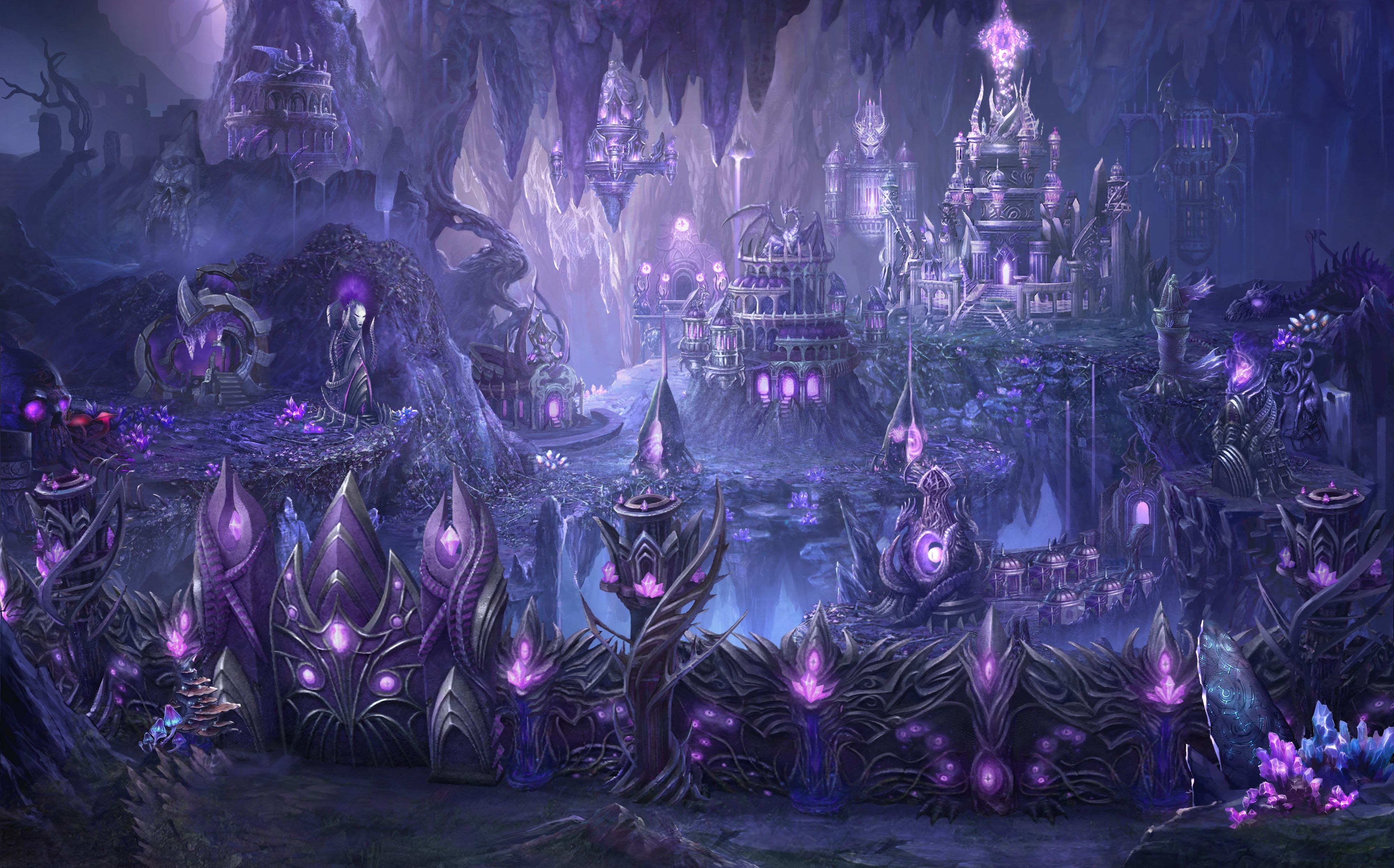

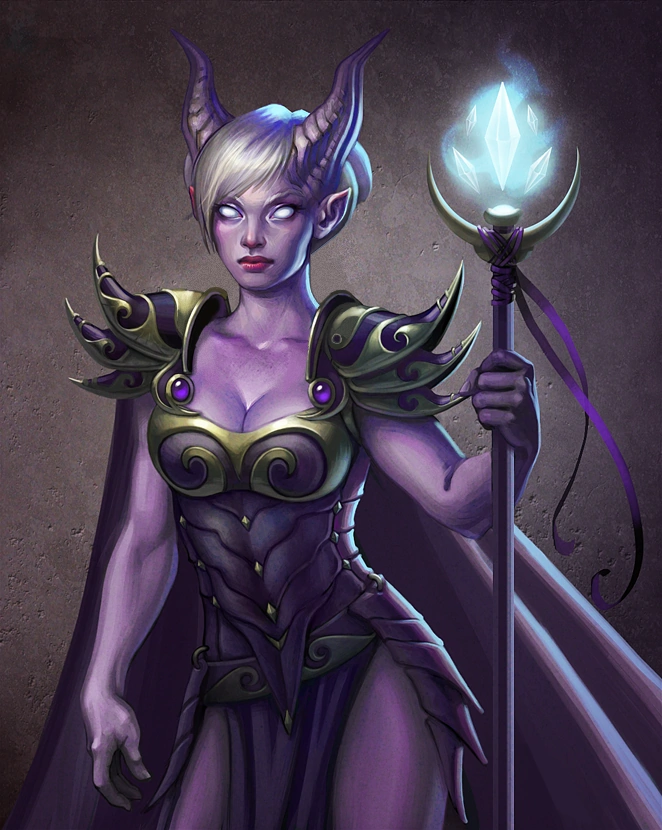
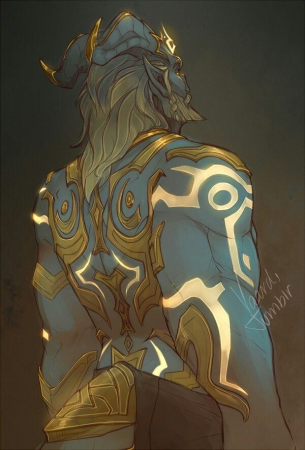
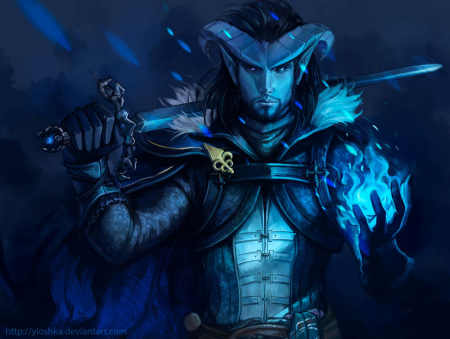

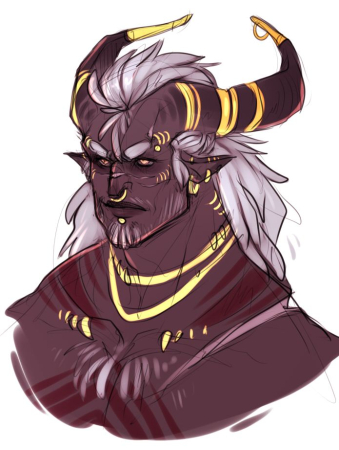

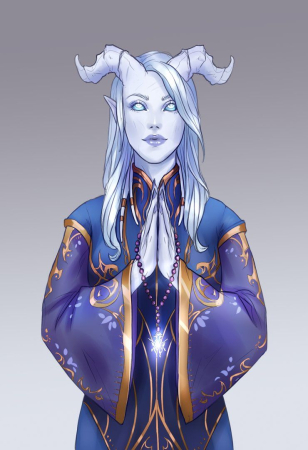
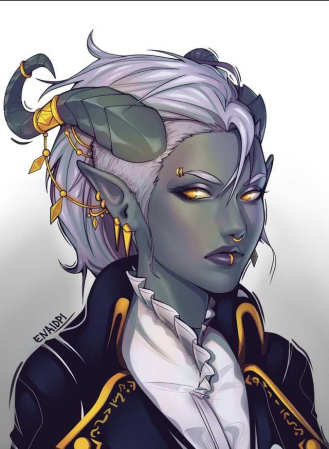
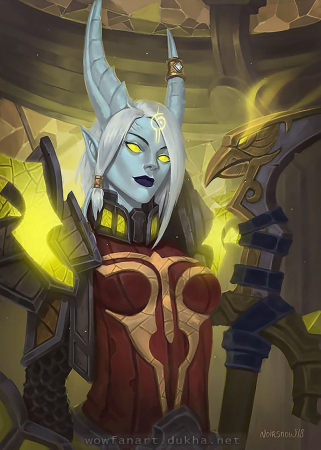
Comments